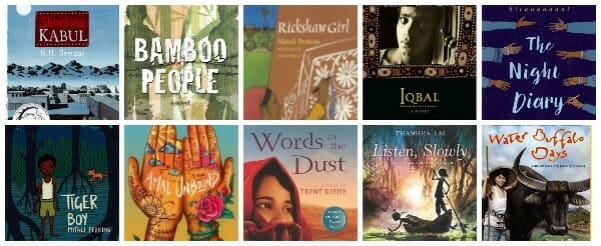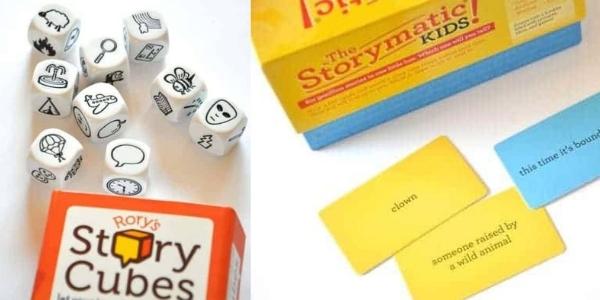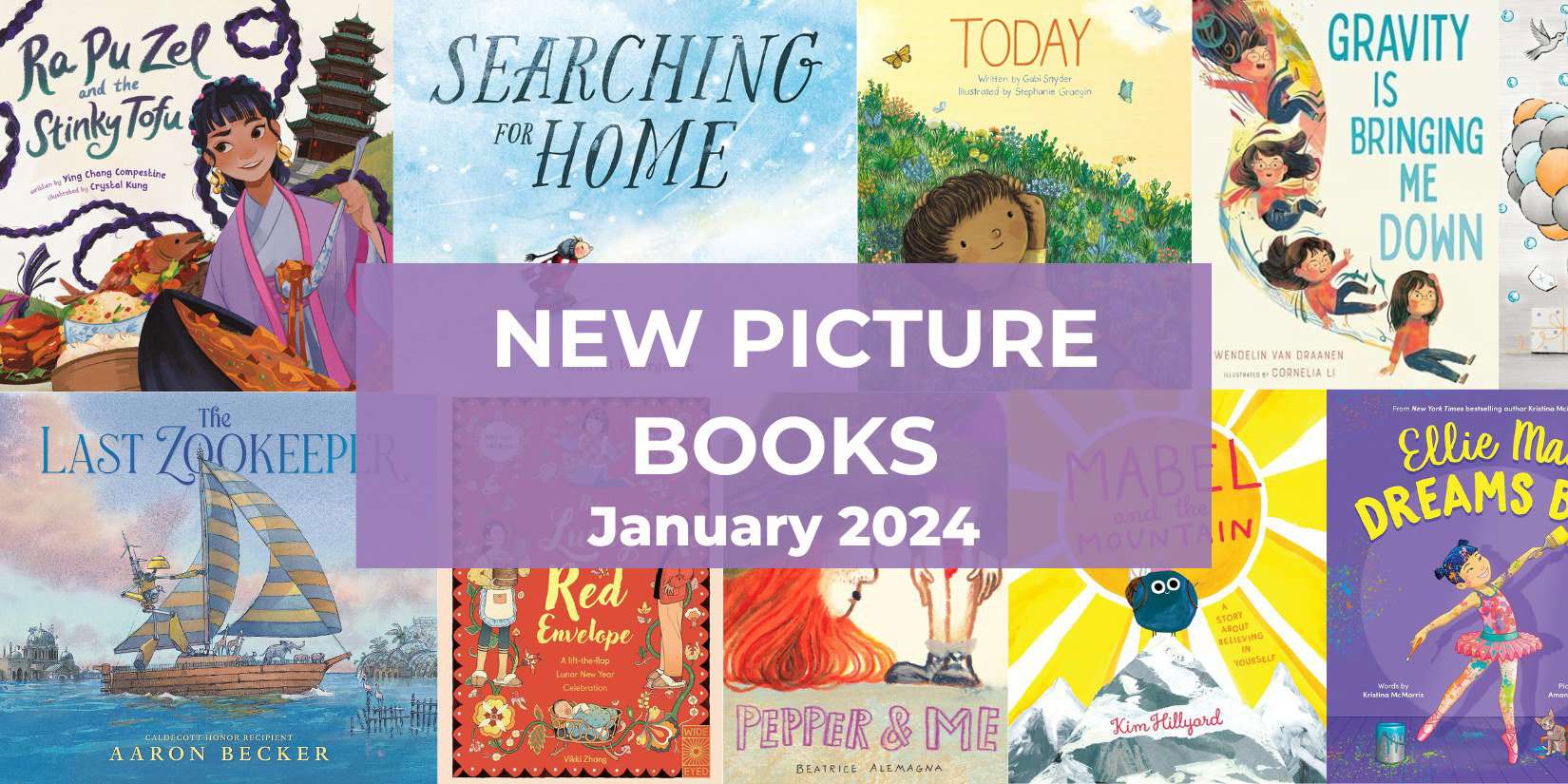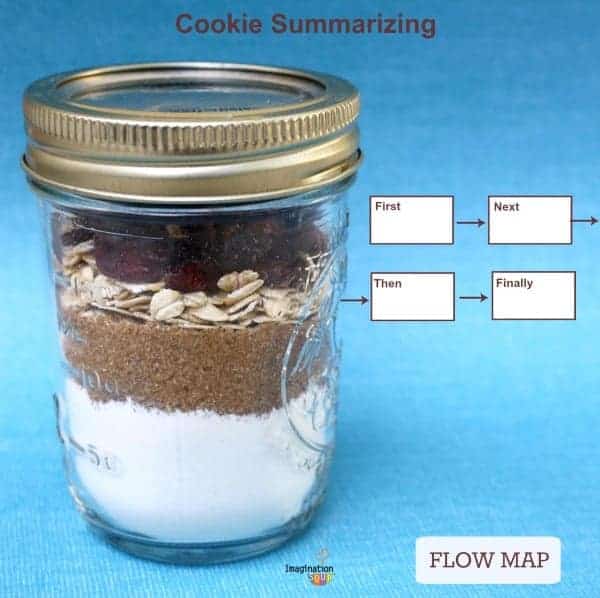If Your Child Hates To Read, Try These Ideas
This post may contain affiliate links.
She hated to read but loved to move.
I discovered that pretty quickly when she first came to my office for her reading tutoring session one summer. She sat in her chair and refused to read, playing with her shoelaces and sniffling as the clock slowly ticked through our lesson. As soon as the timer went off for the end of the lesson, she bounded off, racing across the hallway to escape me. It had been a completely unproductive tutoring session. Later, I saw her outside playing games and racing around the field in complete joy. Okay, I thought to myself. You obviously love to move. Let’s see what we can do.
They say that the most difficult students teach you the most about yourself as a teacher. That was absolutely true for her! I learned through those long tutoring sessions how to integrate movement into almost anything. I didn’t change the content of the lesson. We still did letter and sound drills, word lists, reading from books, and writing. What I changed was the delivery. Letter and sound drills happened on the floor, rolling vowel cubes or doing relays, seeing how fast she could run back and forth matching a letter card to the picture of its initial sound. She took long and short jumps to show me if she heard long or short vowel sounds. Word lists were read while doing wall sits or push-ups. We took breaks while we were reading books to do “chair push-ups.” She pretended to catch letter sounds and spelled words outside on the playground with chalk.
For parents, it’s so important to provide that at-home reading support for your child. But, we also don’t want our children to dread reading! Whenever possible, integrate your child’s personality and interests into how they learn to read. Not only will it be more fun, but whenever we make anything multi-sensory — they learn it better!
Ideas If Your Child Hates to Read
If your child is active…
Integrate movement into everything! For letter and sound recognition, they can go on a scavenger hunt walk looking for letters, or everyday items that start with that sound. Put letter cards on a Twister board. Have them swat letters with a fly swatter or a foam noodle. They can work on spelling by finding letters that are hidden around the room and then assembling them into their words. Instead of having them read word lists sitting, just have them stand. Or, do wall sits and push-ups while reading word lists! For many active children, reading from a book requires too much sitting still time. Think about setting a timer with an agreed-upon time that your child can read, and then earn a movement break.
If your child is artistic…
If your child is at the beginning stages of making letters, there are so many creative options beyond tracing dots on a page! Think markers, chalk, paint, crayons, pastels, etc. But, also think about what to make the letters onto sand, shaving cream, play dough, giant pieces of paper, a foggy mirror, or a window. Especially in the early learning stages, letters should be tactile. Sandpaper letters are easy to make. You can also get plastic needlepoint mesh at a craft store and lay it over any letters or words that your child is learning. Have them trace the letters underneath for that extra tactile tracing. Have your child write letters and/or words with white crayon and then watercolor paint over them. Wiki stix are an excellent way to creatively make letters and words with sticky, waxed string. Write the letters or words they are forming on cardboard and have your child form the wiki stix on top.
If your child is dramatic…
Working on reading fluency is such a crucial skill. As I constantly remind my students, fluency isn’t about reading fast. Fluency is the ability to read aloud as comfortably as you can talk. Tapping into drama is the perfect way to work on fluency! After a child has already read aloud a page, we’ll take turns rolling a die to determine what silly way we’re going to re-read the page. Will we sing it? Use a robot voice? A silly accent? Also, look at the different ways that your child can present what they are reading. Can they perform it to their teddy bear? Can they turn it into a play?
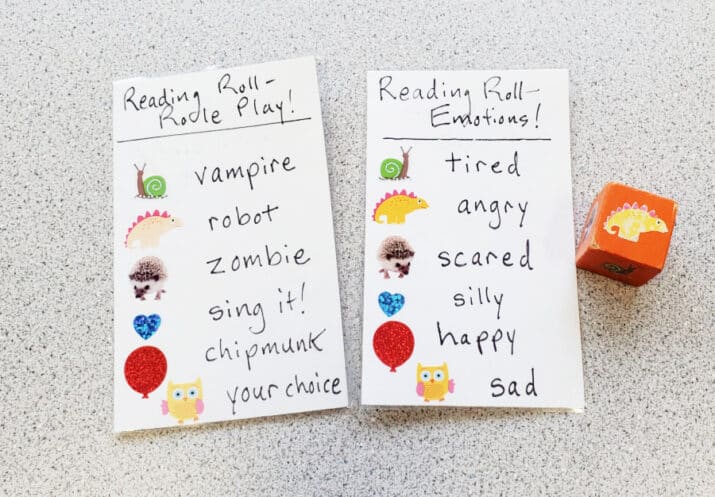
Children who struggle with reading often will blow through punctuation in an attempt to just get done. But, punctuation is a chance for your dramatic child to have some fun! Have them read the same phrase but with different punctuation. Or, read the same phrase — but have them guess which punctuation would come after it.
Ex. John come here. John come here! John come here?
If your child loves games and being social…
Another reason that children might dislike reading is that it’s not social or interactive. That’s where games come in! I can think of so many games that you can integrate reading skills into! Make two of a deck of letter cards or high-frequency words (like Fry’s first 100 words). Turn it into a game of War! Put letter stickers on Connect 4 pieces and try to spell words. Instead of playing dotted Dominoes, make letter Dominoes. Put post-it strips of words or letters on the spaces on any board game and have your child read them as they play.
How can we make reading more social? Consider taking turns reading– you do one page and your child does another. Talk about what you’re reading as you go, turning it into a conversation. I love the choose your own adventure style books! They’re great for discussion as you decide what to do next in the story. Have your child read to someone — a family member, friend, pet, or stuffed animal.
What does it all come down to?
What we know about the brain is that we learn best when we integrate as many senses as possible into what we are learning. By tapping into your child’s interests and talents, hopefully, reading skill work will be a little more fun and successful as well! Remember, the point is not to change the content — but the method of delivery! Often, when I’m doing wall sits or push-ups with a student while reading word lists, I’ll think back on my student who refused to read until I finally tapped into her strengths and love of movement. I’m grateful for all that she taught me about how to help her and many future students after her.
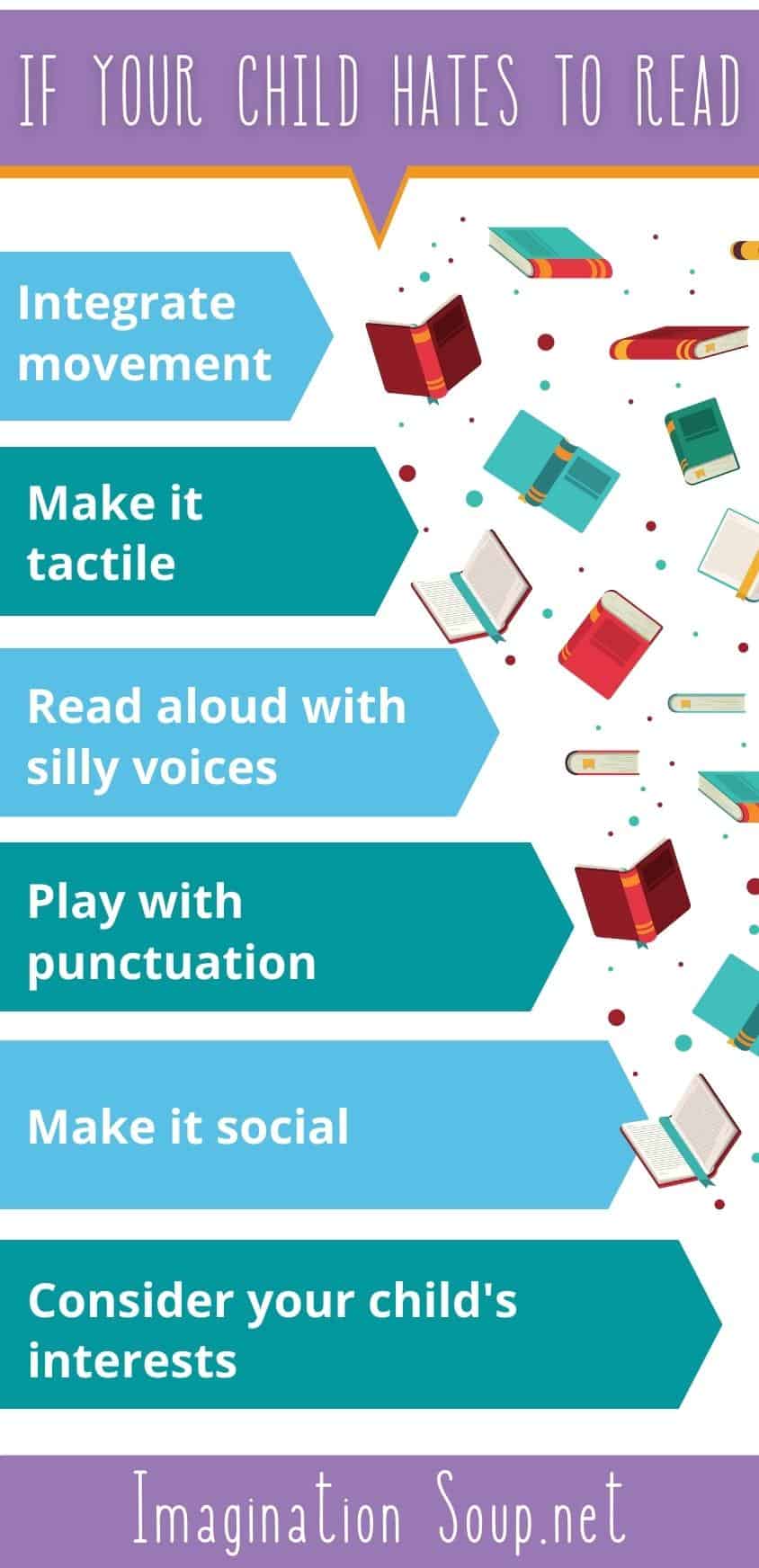
KEEP READING

